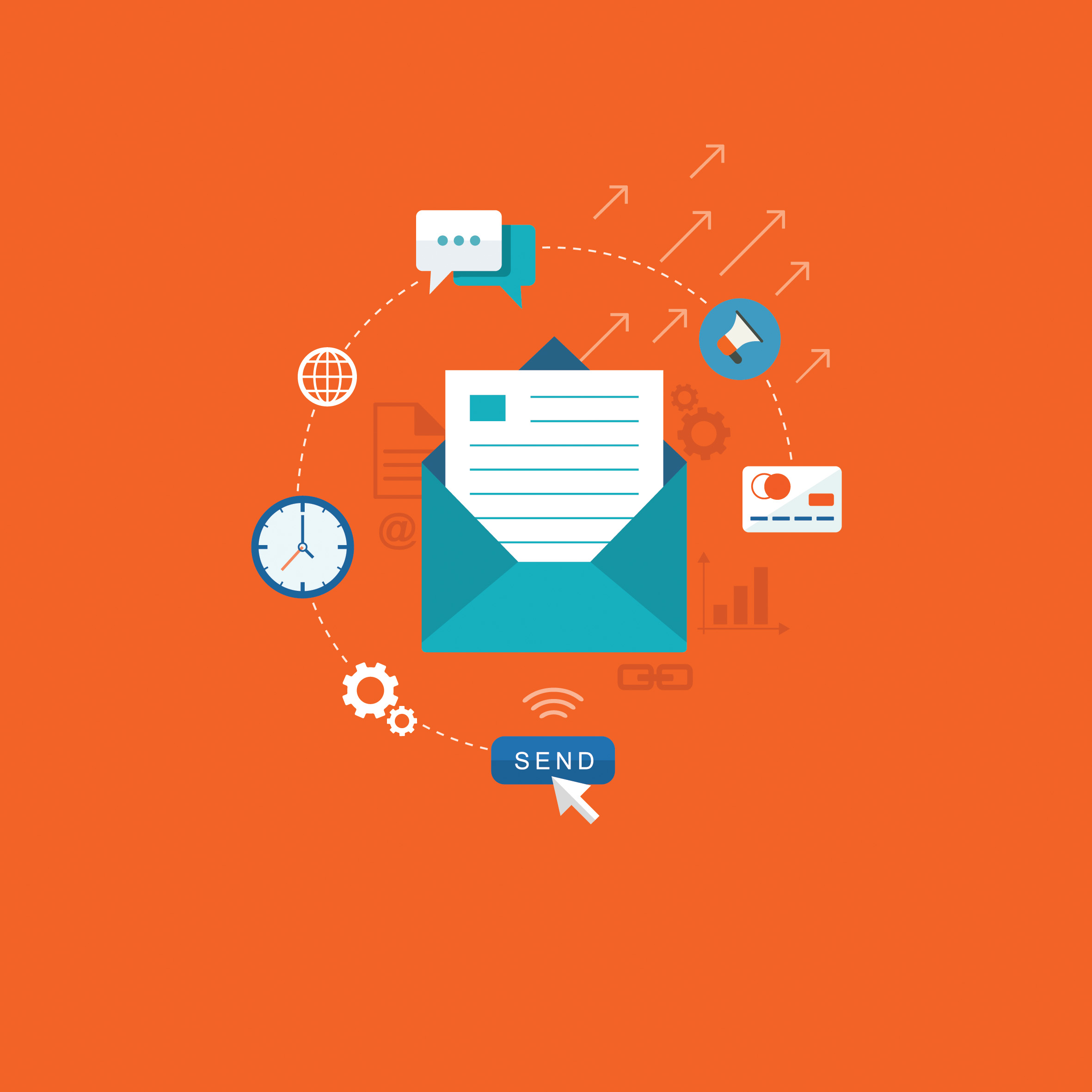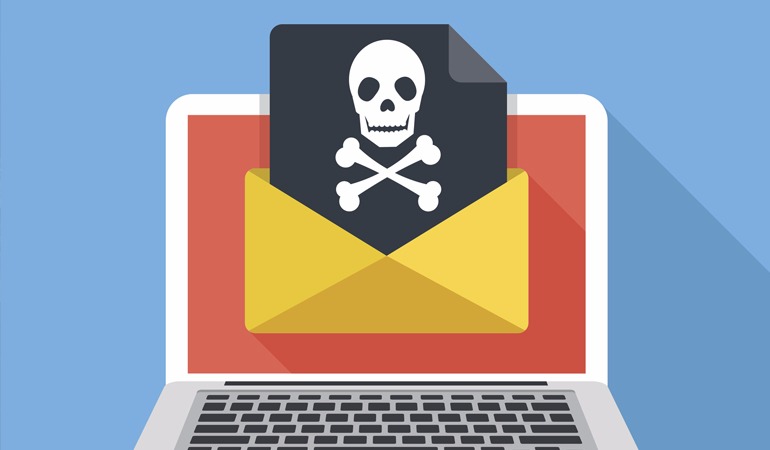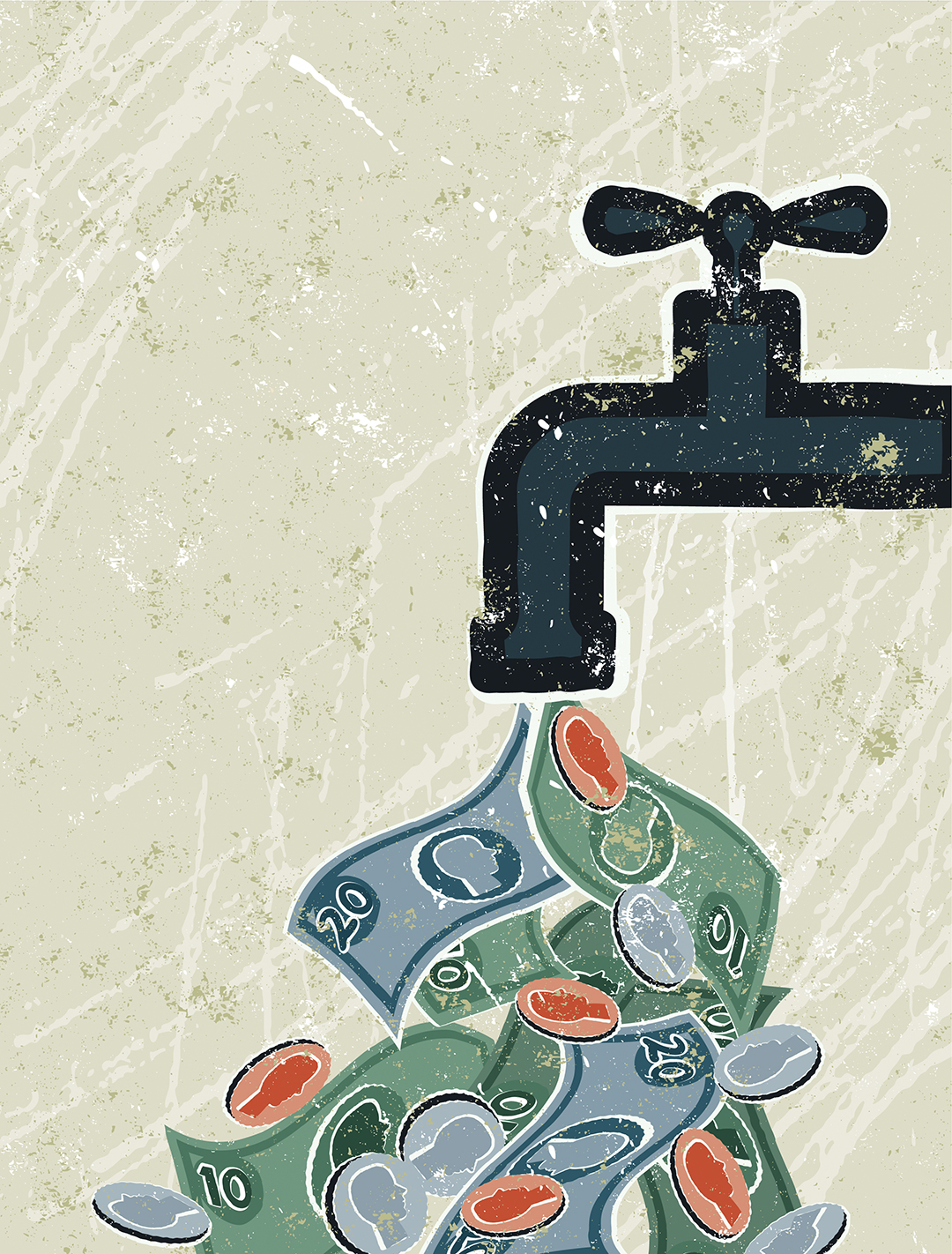Email Marketing 101 — Monetization

What good is investing in an email marketing campaign if you don’t see a lucrative return on that investment? Depending on emails as the only way to reach prospects will limit their effectiveness.
Most people don’t do any follow-up on email campaigns, says Allison Reynolds, co-founder of and email campaign manager for The Get Smart Group, a marketing firm in Angels Camp, California. But monetizing your campaign goes beyond inputting lead contact information into a CRM. “Everyone who comes to your website or walks in your store fills out a form, and it has cost you money to get them there,” she says. “If you’re not doing anything to follow up, you’re throwing money away.”
“Ultimately, we all want someone to be raising their hand at some point in the process and we want a way to be able to see they’re doing that,” Reynolds adds. “That’s where a good CRM comes into play — one that has a report showing how many people open the email.” And preferably one that tells you exactly which leads opened the email.
Reynolds recommends printing that list of hand-raisers every two or three months, and having your sales team call each a few days after sending the email. “Just reiterate the message within the email,” she says. “The sooner the better because that will help you close sales. They’ll just think it’s an amazing coincidence that you happened to call when they were thinking about it. You have low-hanging fruit, and calls after people open the email are how you get the low-hanging fruit to become customers.”
David Carleton, owner of Street Smart Sales & Marketing in Portland, Oregon, says the objective with an email campaign is to get somebody to take action, whether that’s clicking on a link in the email that directs to your website, calling your sales associates or visiting your store.
Continue reaching out to them, of course, but Carleton cautions that hunting down a phone number isn’t ideal. “If a prospect doesn’t give you a phone number, there’s no such thing as calling them,” Carleton says. “There are other ways to find those phone numbers, but that can get creepy if you asked for an email, then all of a sudden they get a call.”
At the end of an email campaign, whether it’s three months or a year, Reynolds suggests printing a list of leads who didn’t open many of your emails and launching a reengagement campaign. “Maybe you mail them an amazing visual, or postcard to get them opted in for a contest or giveaway,” she says. When they sign up for your contest, put them in a new email campaign rotation. “And if they don’t do anything,” Reynolds adds, “put them in an email sequence where they get an email once a month that is you just checking in.” Once a prospect buys, Carleton advises taking them off your prospect email list and moving them to an automated customer campaign — such as an email every six months to remind them to buy a new filter or new chemicals, or even getting longtime customers to consider upgrading to a new pump. “It’s all about customer data,” he says, “and keeping track of it to continue the follow-up properly.”





